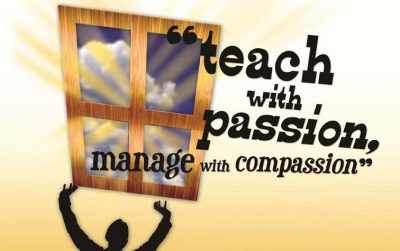Celebrate the Wonders of Space with STEM and Career Exploration Resources
The following is a new blog post related to education and teaching and relevant to our website visitors. The blog post is not based on the opinions or values of our company but is related to education and teaching, so we wanted to share it with YOU! If you ever have any questions please let us know. Now… on to the post!

In celebration of National Space Day, the STEM Careers Coalition has curated a selection of resources that encourage students to think like astronauts with exciting intergalactic activities that explore machine learning, vision software engineering, cosmic combustion and more. Educators can introduce students to out-of-this world people working in exciting careers that support human space exploration and connect students with STEM skills that will build our future beyond this planet.
What kind of problems do your students want to solve? Explore profiles of professionals who are using the skills they learned in school to solve problems through innovation. Help students make the connection from the classroom to careers that will allow them to chart the course for space exploration in the future.
- Payload Logistics (NASA)
- Mechanical Engineer (NASA)
- Computer Vision Software Engineer (Boeing 3D Printouts for Aircraft)- may be a slight stretch from the others
As summer approaches, help students bring the joy of discovery to life in the comfort of their own home with exciting digital learning explorations that help students put STEM skills into action and get the whole family involved in flexing their STEM muscles.
In Cosmic Commute, students explore how long it would take them to drive to the moon from their hometown! In this Fermi problem, the goal is to emphasize the process of solving the problem over getting the right answer.
Access the no-cost, standards-aligned classroom activities available at STEMCareersCoalition.org to support future career success for all students. Each activity gives students the opportunity to practice important STEM skills and includes a step-by-step guide for implementing activities into the classroom. Check out these space-related activities today!
- Combustion of Hydrocarbons
- Machine Learning
Find these and other STEM exploration resources on the STEM Careers channel in Discovery Education’s K12 learning platform.
Time To Teach reviews each blog post by our contributors but if you feel this is a blog post better suited for another page please let us know.
Teachers and Educators are our heroes. We want to thank you for the work you do!
Yours In Education!
Time To Teach


 Books I finished reading (or rereading) in May 2021…
Books I finished reading (or rereading) in May 2021…
 [Trying something new here…]
[Trying something new here…]